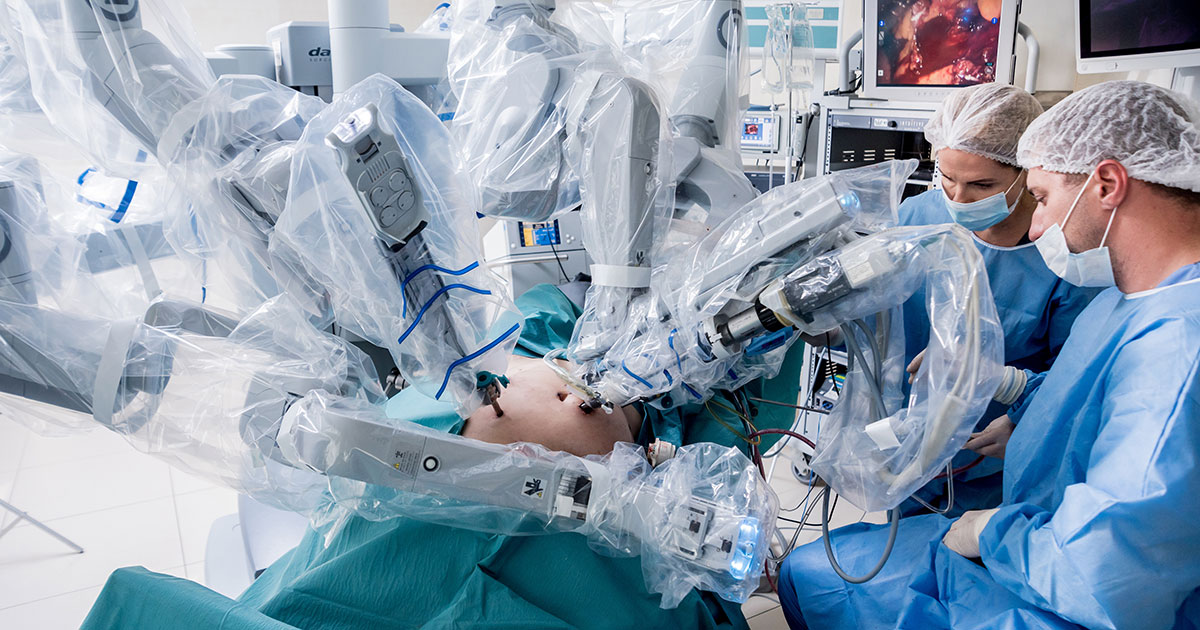
The integration of Artificial Intelligence (AI) in healthcare is transforming the landscape of medical diagnostics. With its ability to analyze vast datasets swiftly and with high precision, AI is enhancing the efficiency and accuracy of disease detection. This technological advancement is not just optimizing diagnostic processes; it’s saving lives by enabling earlier and more accurate diagnoses than ever before. In this blog, we delve into how AI-powered diagnostics are reshaping healthcare.
AI technologies, particularly in the field of medical imaging and pattern recognition, are at the forefront of a diagnostic revolution. Using sophisticated algorithms, AI systems can interpret X-rays, MRIs, and other imaging data with a level of speed and accuracy that surpasses human capabilities in some domains.
1. Enhanced Imaging Analysis:
2. Pattern Recognition in Data:
3. AI in Pathology:
While AI-driven diagnostics are promising, several challenges remain:
AI-powered diagnostics are undeniably transforming the field of healthcare, providing tools that support faster, more accurate, and efficient disease detection. As we advance, the integration of AI in diagnostics will continue to expand, potentially changing the landscape of global healthcare delivery. It is essential for healthcare providers, regulators, and AI developers to work together to leverage AI’s capabilities while addressing the ethical, legal, and social implications.
